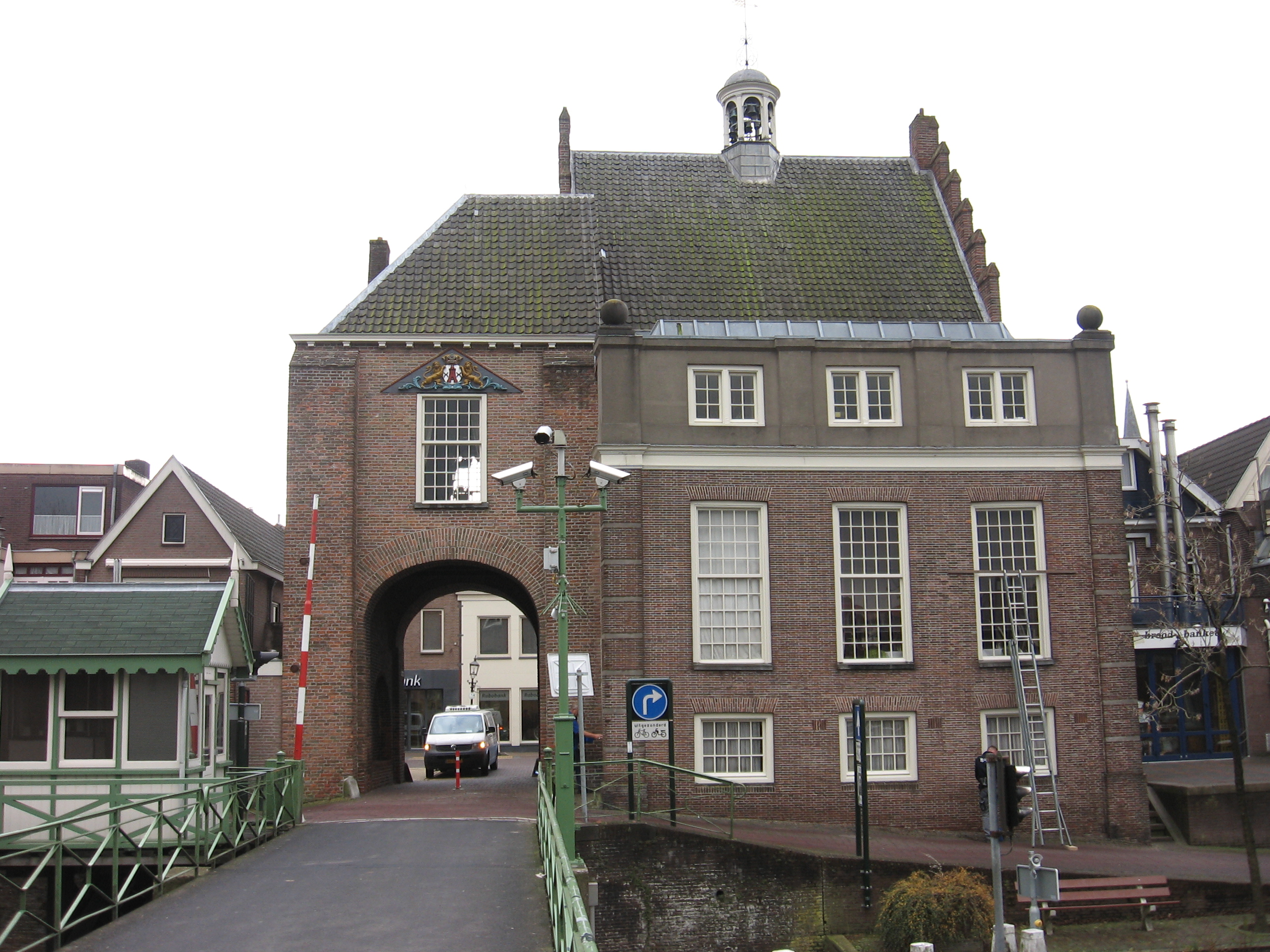Montfoort
Montfoort ( listen? / I ) is a municipality in the Dutch province of Utrecht in the polder Lopikerwaard. The city had been Montfoort 1672 residence of the viscount of Montfoort between the 12th century and the year.
Location and economic
Montfoort located in the southwest of the province of Utrecht in a picturesque polder landscape. It is 8 km from the nearest highway, the A12 Utrecht - The Hague, removed. The nearest railway stations are CS Utrecht and Woerden.
The population lives off the land, the related trade and small businesses and, increasingly, from tourism. Many residents commute daily to work in the city of Utrecht.
Districts
- The small town Montfoort, seat of the municipal administration.
- The village Linschoten.
- The hamlet Achthoven -West, Achthoven -Oost, Blokland, Cattenbroek, Mastwijk and Willeskop.
History
Around 1170, the first settlement of the area of the current community Montfoort grew up around a castle of the same name. The name comes from the Latin " Mons Fortis ", the " strong hill". The lords of the castle of the family of De Rover, which were renamed under the name Van Montfoort were viscount, who exercised considerable power in the area. The settlement around the castle received town rights in 1329. Regularly there were conflicts with the sovereign, the Utrecht bishop. This led, inter alia, in 1387 to a siege and capture Montfoorts by troops of the bishop. In the meantime, had been in the area of Linschoten, which was first mentioned in 1172 urkündlich, four men built their own castle, and farmers had acquired from the sovereign a piece of swamp land that, after they had made it cultivable their property. Such a contract was - as the newly reclaimed land - a cope ( Dutch: koop; German: Department ). Place names such as Willeskop still remember.
In 1544, the Order of St. John founded a Commanderij ( Upcoming ) with church: See the Maltese Cross in the city flag. The city Montfoort came late 16th century in conflict with the Viscount, as the city known to the Reformation, the Viscount remained Catholic.
In 1629 Montfoort was almost completely destroyed by a huge fire; 1634 (now Protestant ) Church was re-opened. The last Viscount had to resign in 1648 because he was bankrupt. In 1672, when Holland was attacked by the French, burned down this inter alia, the Montfoorter castle. Then the Montfoorter came laboriously through the 18th and 19th centuries; one lived, inter alia, of the manufacture of buttons and hawsers. Later was the brick industry of importance.
Attractions
- IJsseltor, the only remaining town gate
- Church from the 17th century
- Remnants of Commanderij of St. John
- Narrow road along the river Linschoten with the many picturesque farms that characterize the Village of Linschoten
- Polder landscape with some of the typical Dutch windmills, very suitable for a bike ride
Sons and daughters of the town
- Isbrand van Diemerbroeck (1609-1674), physician
Allocation of seats in the municipal council
- Progressief Akkoord, 4 seats
- Leefbar Montfoort, 3 seats
- CDA, 3 seats
- VVD/D66, 2 seats
- CU, 2 seats
- SGP 1 seat







